24 Tasty Mexican Snacks Everyone Will Crave
Mexican snacks represent a vibrant culinary landscape bursting with bold flavors and rich cultural heritage.
These delectable treats capture the essence of street food and homestyle cooking with incredible creativity.
Ranging from sweet to savory, Mexican snacks offer something for every palate and craving.
Regional ingredients and traditional preparation methods contribute to their unique and irresistible appeal.
Each snack tells a story of family recipes, local traditions, and generations of culinary expertise.
The diversity of textures, from crispy to soft, ensures a delightful sensory experience that keeps people coming back for more.
Passionate food lovers appreciate the authentic and innovative qualities embedded in these mouthwatering delicacies.
Below are 24 popular Mexican snacks that will tantalize your taste buds:
Popular Mexican Snacks Bursting with Flavor
Crunchy, spicy, and full of color, Mexican snacks are perfect for sharing. Markets and fiestas wouldn’t be the same without these bites.
Esquites
Esquites are zesty Mexican street corn kernels stripped from the cob and mixed with bold seasonings that transform simple corn into a mouthwatering snack.
Originating from Nahuatl's izquitl meaning "toasted corn," this popular street food features grilled or boiled corn seasoned with chili peppers and lime juice.
Cotija cheese adds a salty crunch to the warm kernels, while optional toppings like sour cream and mayonnaise create a creamy texture.
Epazote herb provides an earthy undertone to the dish's complex flavor profile.
Small cups serve as the traditional vessel for this portable Mexican treat.
Street vendors across Mexico frequently prepare esquites as a quick and satisfying bite.
Each serving allows personal customization with various spicy and tangy condiments.
Antojitos
Antojitos are vibrant Mexican street foods that spark quick hunger satisfaction through diverse bite-sized delicacies originating from market and roadside vendors.
Street stalls across Mexico craft these small culinary treasures ranging from tacos and tamales to quesadillas and gorditas, reflecting regional ingredient preferences and cooking techniques.
Mexican families traditionally enjoy antojitos during morning or evening hours, complementing their substantial midday meals.
Street vendors carefully prepare these handheld treats using fresh corn, wheat, and local ingredients that highlight traditional cooking methods.
These portable snacks represent an essential part of Mexican food culture, connecting generations through shared culinary experiences.
Each antojito offers a glimpse into Mexico's rich gastronomic heritage, blending indigenous and Spanish influences.
Small yet powerful, these street foods communicate stories of community, creativity, and cultural identity through every delicious bite.
Quesadilla
Quesadillas are Mexican street food staples featuring melted cheese tucked inside a folded tortilla, transforming simple ingredients into a quick, satisfying meal.
Originating from Mesoamerican culinary traditions and enhanced by Spanish dairy introductions, these versatile snacks can include various fillings like meats, beans, and potatoes.
Traditional preparation involves using either corn or flour tortillas grilled until crispy and golden brown.
Restaurants and street vendors often serve quesadillas with accompanying condiments such as salsa, guacamole, and fresh vegetable toppings like diced tomatoes, onions, and spicy chiles.
Skilled cooks create these handheld treats by carefully melting cheese and folding ingredients into a compact, flavorful package.
Small gatherings and casual dining settings frequently feature quesadillas as a crowd-pleasing option that satisfies diverse taste preferences.
Gordita
Gorditas are hearty Mexican corn-based discs packed with rich fillings and beloved for their robust thickness that allows them to hold substantial ingredients like meat, beans, and stews.
Mexican street vendors traditionally prepare these hand-held meals using masa corn flour, creating a sturdy base that supports diverse toppings including nopal cactus, cheese, and vibrant salsas.
Their name translates to "little fat one" in Spanish, playfully describing their plump shape and substantial nature.
Street food culture embraces gorditas as a quick, satisfying meal that reflects local culinary traditions.
Gorditas have gradually gained international recognition beyond Mexico's borders.
Their popularity continues to grow as more people discover their delicious and filling characteristics.
Elote
Elote represents a mouthwatering Mexican street corn dish grilled to golden perfection and slathered with creamy mayonnaise, tangy lime juice, and crumbled cotija cheese.
Street vendors traditionally prepare this beloved snack by coating freshly roasted corn with a zesty mixture of condiments and sprinkling chile powder for an extra kick.
Mexicans enjoy elote by holding the corn stalk and consuming it directly with their hands, creating an interactive eating experience.
Restaurant chefs have embraced this street food, elevating it from humble origins to international cuisine.
Modern variations include serving the corn kernels in cups or as a salad-style preparation.
Mexican celebrations and street festivals frequently feature elote as a crowd-pleasing staple.
Regional differences exist in toppings and preparation methods across Mexico.
Elote's popularity has spread globally, becoming a favorite street food and restaurant menu item in many countries.
Panucho
Panuchos are iconic Yucatán street foods featuring crispy tortillas stuffed with creamy refried black beans and topped with an array of fresh ingredients.
Vendors split corn tortillas, stuff them with smooth bean paste, and lightly fry them until golden and crunchy.
Shredded chicken, pickled onions, avocado slices, and spicy habanero salsa typically complete the dish's signature flavor profile.
Originating in Mérida, these handheld snacks balance textural contrasts between crisp tortilla and soft toppings.
Mexican street food lovers prize panuchos for their complex layers of flavor and satisfying crunch.
Small family-run restaurants called panucherias specialize in preparing these traditional treats.
Each panucho reflects regional culinary traditions with carefully selected ingredients.
Habanero peppers add a signature Yucatecan heat that sets these street foods apart from other Mexican antojitos.
Choriqueso
Choriqueso electrifies Mexican street food culture with its bold combination of spicy chorizo and melted cheese, creating an irresistible appetizer or snack.
Mexican restaurants and street vendors craft this dish by sizzling crumbled chorizo until perfectly crisp and golden brown.
Melted cheese blankets the sausage, creating a rich and gooey texture that attracts hungry diners.
Fresh tomato chunks and chopped cilantro add bright, fresh notes to the intense meat and cheese base.
Finely diced white onions provide sharp, clean contrasts to the fatty, spiced chorizo.
Warm tortilla chips or soft tortillas serve as perfect vehicles for scooping up this flavor-packed mixture.
Mexican crema or sour cream can be added as a final creamy topping for extra indulgence.
Sincronizadas
Sincronizadas are classic Mexican griddle-pressed sandwiches featuring two tortillas layered with melted cheese and ham, creating a crispy, satisfying snack beloved across Mexico.
Ham distinguishes sincronizadas from standard quesadillas, giving the dish its unique character and widespread appeal.
Tortillas can be corn or flour-based, providing flexibility in preparation and taste.
Optional additions like beans or chorizo enhance the flavor profile and nutritional value.
Restaurants and street vendors typically serve sincronizadas cut into wedge-shaped pieces, accompanied by fresh condiments like guacamole or pico de gallo.
Similar dishes like gringas use alternative meats such as al pastor pork, showcasing regional culinary variations.
Street food culture embraces these versatile snacks as quick, affordable meals.
Mexico's rich food tradition shines through this simple yet delicious preparation that combines fundamental ingredients into a crowd-pleasing dish.
Memela
Memelas are thick, handmade corn tortillas from Oaxaca that transform humble ingredients into a street food sensation.
Street vendors carefully press masa dough into oval shapes before grilling them to crispy perfection.
Traditional toppings include crumbly quesillo cheese, tangy red or green salsa, and optional additions like crispy fries, tender nopales, or creamy avocado slices.
Refried beans often form a rich base layer that adds depth and protein to the tortilla.
Mexicans typically fold memelas in half and enjoy them as a quick, satisfying handheld meal.
These versatile corn discs showcase Oaxacan culinary creativity and provide a delicious glimpse into regional street food culture.
Travelers and locals alike relish memelas as a beloved quick bite that connects generations through simple, flavorful ingredients.
Cacahuates Botaneros
Cacahuates botaneros are fiery Oaxacan bar snacks bursting with complex flavor profiles that transform simple peanuts into an electrifying appetizer.
Raw peanuts mingle with garlic, arbol chili peppers, oil, and salt during a careful toasting process over medium heat until ingredients reach a golden brown perfection.
Mexican bartenders traditionally prepare these spicy nuts by carefully stirring ingredients in large pots to ensure even roasting and maximum flavor intensity.
Each batch requires precise heat management to achieve the signature crispy texture without burning the delicate ingredients.
Lime halves accompany the finished snack, allowing guests to squeeze fresh citrus juice over the warm peanuts for an extra tangy kick.
Micheladas serve as the ideal beverage companion, complementing the snack's robust spiciness.
Street vendors and neighborhood bars throughout Oaxaca frequently serve these addictive peanuts as a popular pre-dinner or drinking snack.
Nachos
Nachos are an iconic Mexican-American snack born from quick culinary improvisation in 1943 by Ignacio "Nacho" Anaya.
Mexican restaurant maitre d' Anaya created the dish at Piedras Negras' Victory Club when military officers' wives arrived and no cook was available.
Simple ingredients like tortilla chips, melted cheese, and jalapeno peppers transformed into an instant crowd-pleaser that rapidly spread across borders.
Frank Liberto later popularized nachos as stadium food in the United States, dramatically increasing their national visibility.
Tex-Mex cuisine quickly embraced the dish, making it a standard menu item throughout southwestern restaurants.
Original versions featured basic components without elaborate toppings.
Restaurant patrons loved the quick, satisfying combination of crispy chips and warm cheese.
Mexican ingenuity turned a spontaneous meal into an internationally recognized snack.
Sope
Sopes represent a classic Mexican street food featuring thick corn masa disks fried until crispy and topped with savory ingredients.
Mexican regions customize these small round platforms with unique local variations and names like pellizcada in Puebla or garnachas in Oaxaca.
Regional cooks carefully shape the corn dough by hand, pinching edges to create a small raised border that holds toppings securely.
Traditional sopes include layers of refried beans, shredded meat, crumbled cheese, and fresh salsa that add complex flavors and textures.
Street vendors and home cooks across Mexico prepare these handheld snacks as quick, satisfying meals that showcase corn's versatility.
Sopes originate from indigenous cooking techniques dating back to pre-Hispanic times.
Corn masa forms the foundation of this beloved dish, highlighting its cultural significance in Mexican cuisine.
Toquera
Cachapas are beloved Venezuelan corn pancakes brimming with sweet-savory flavors that capture the essence of Latin American street cuisine.
Fresh corn kernels ground into a smooth batter create these golden, tender discs that transform simple ingredients into a mouthwatering delicacy.
Traditionally cooked on a griddle or skillet, cachapas emerge with a slightly crispy exterior and soft, moist interior that melts in your mouth.
Venezuelans often serve them folded with a slice of salty queso de mano, creating a perfect balance between sweet corn and tangy cheese.
Street vendors and home cooks throughout Venezuela and Colombia prepare these versatile corn pancakes using fresh corn, milk, salt, and sometimes sugar.
Variations include adding butter or frying the pancake for extra crispiness.
Regional differences mean some versions use banana leaves for cooking or include additional ingredients like eggs or cheese.
Each cachapa represents a delicious connection to indigenous corn-based culinary traditions.
Papadzules
Papadzules are traditional Yucatan street food featuring tortillas rolled around hard-boiled eggs and smothered in a distinctive pumpkin seed sauce called x'catic.
Mayan culinary heritage shines through this simple yet complex breakfast dish originating in southeastern Mexico.
Epazote, an aromatic herb, adds earthy undertones to the creamy green sauce made from ground pepitas.
Soft corn tortillas wrap around perfectly cooked eggs before being generously covered in the nutty, herbaceous sauce.
Street vendors and local restaurants in Merida and surrounding Yucatan towns serve this nutritious morning meal.
Settlers from indigenous communities developed papadzules centuries ago as an affordable protein-rich breakfast.
Spanish conquistadors later influenced the recipe's evolution.
Travelers and locals alike enjoy this hearty dish as a satisfying start to their day.
Tlacoyo
Tlacoyos are traditional Mexican oval-shaped masa patties stuffed with protein-rich fillings like beans, cheese, or mushrooms and expertly grilled on a hot comal.
Mexican street vendors and home cooks craft these versatile corn-based snacks by carefully filling flattened masa dough with savory ingredients before cooking them to a crispy golden brown.
Street markets in central Mexico, especially Mexico City and surrounding states, showcase tlacoyos as a beloved quick meal that satisfies hunger with robust flavors.
Blue corn masa creates an authentic version prized by regional food experts.
Skilled cooks carefully seal the edges to prevent fillings from escaping during grilling.
Each tlacoyo offers a perfect balance between crispy exterior and soft, warm interior.
Toppings like salsa, queso fresco, and chopped onions enhance the street food's complex taste profile.
Corunda
Corundas are traditional pyramid-shaped Mexican tamales crafted from masa flour dough and carefully wrapped in green corn stalk leaves, originating in Michoacán's culinary landscape.
Native indigenous communities developed these distinctive steamed parcels as a staple food with deep cultural significance.
Mexican families prepare corundas using simple techniques passed through generations, typically serving them plain without internal fillings.
Occasional variations include stuffing the triangular packages with local doble crema cheese and sliced poblano chilis.
Regional cooks sometimes top these steamed delicacies with spicy homemade salsa or smooth Mexican cream.
Michoacán's rural communities consider corundas an essential part of their food heritage.
Street vendors and home kitchens alike showcase these unique corn-based treats during festivals and family gatherings.
Regional celebrations frequently feature corundas as a cherished reminder of indigenous cooking traditions.
Gorditas Zacatecanas
Zacatecas gorditas are crisp masa cakes stuffed with a flavorful blend of beans, garlic, chili peppers, and cumin that originated in Mexico's north-central region.
Regional cooks craft these handheld snacks using masa harina to create a golden, crunchy exterior with a soft interior.
Mexicans enjoy these gorditas as a quick and satisfying street food that packs incredible flavor into each bite.
Zacatecas' unique version stands out for its simple yet robust ingredient combination.
Beans provide hearty protein and depth to the filling.
Garlic and chili peppers add a spicy kick to the snack.
Cumin rounds out the seasoning with its warm, earthy notes.
These gorditas reflect the culinary traditions of Zacatecas, offering a delicious glimpse into regional Mexican cuisine.
Chile Relleno
Chile relleno celebrates Mexican culinary heritage through its complex preparation of roasted poblano peppers filled with savory ingredients like cheese, meat, and spices.
Spanish conquistadors influenced its creation in 16th-century Puebla, transforming indigenous ingredients into a signature dish.
Traditionally prepared by carefully roasting peppers, removing their skin, and stuffing them with flavorful fillings, these peppers become crispy after being dipped in egg batter and deep-fried.
Restaurant menus and home kitchens across Mexico feature chile relleno as a beloved appetizer or main course.
Mexican Independence Day celebrations in late August and early September especially highlight this iconic pepper dish.
Ancient cooking techniques merge with Spanish colonial influences to create this rich, flavorful pepper preparation.
Mexicans consider chile relleno a symbol of national culinary creativity and cultural resilience.
Entomatadas
Entomatadas are savory Mexican tortilla rolls bathed in a zesty tomato sauce that transforms simple ingredients into a mouthwatering meal.
Corn tortillas get lightly fried until soft and then stuffed with protein like shredded chicken, beef, or refried beans for a satisfying base.
Rich tomato sauce created from ripe tomatoes, onions, and garlic forms the dish's vibrant foundation, often enhanced with chili peppers and aromatic spices.
Fresh ingredients like queso fresco, sour cream, sliced onions, and cilantro provide bright finishing touches that complement the warm tortilla rolls.
Home cooks frequently prepare entomatadas as a quick weeknight dinner or weekend comfort meal.
Restaurant versions might showcase more elaborate protein selections and intricate sauce preparations.
Mexicans consider entomatadas a classic comfort food that balances simple ingredients with complex flavors.
Charales
Charales are crispy, miniature fish native to Mexico that transform into a salty, zesty street snack bursting with flavor.
Small freshwater minnows get deep-fried until golden and crunchy, creating a popular appetizer throughout central Mexican regions.
Fishermen catch these tiny silver fish from lakes and rivers, preparing them with simple yet bold seasonings.
Salt, lime juice, and chili pepper create a tangy coating that enhances their natural taste.
Locals enjoy charales as a quick protein-rich bite or stuff them inside tacos for added texture.
Street vendors and market stalls frequently sell these crunchy fish snacks to hungry customers.
Mexican families often serve charales as a casual side dish or quick appetizer during social gatherings.
Nutritionally rich and inexpensive, these tiny fish provide a traditional Mexican culinary experience that connects generations through shared food traditions.
Frijoles Puercos Estilo Jalisco
Frijoles puercos estilo Jalisco are savory Mexican beans loaded with rich, meaty ingredients that transform simple refried beans into a bold street food staple.
Jalisco's signature bean dish combines creamy pinto or black beans with crispy chorizo, creating a hearty base packed with intense flavors.
Cooks typically blend the beans with crumbled bacon, diced jalapeños, and salty olives for extra complexity.
Melted queso ranchero or romano cheese adds a creamy texture and sharp undertone to the mixture.
Lard provides additional depth and traditional cooking fat for authentic preparation.
Mexicans often serve these beans as a side dish or appetizer during social gatherings.
Street vendors and home cooks alike consider frijoles puercos a crowd-pleasing comfort food that highlights the robust flavors of Jalisco cuisine.
Empanadas De Santa Rita
Empanadas de Santa Rita are legendary Mexican pastries from Chihuahua that commemorate Saint Rita's annual feast day on May 22nd.
These special hand-held delights feature a rich flour-based dough crafted with butter and milk, creating a tender, flaky exterior.
Ground beef serves as the primary filling, complemented by an unexpected medley of ingredients including raisins, potatoes, peas, and pecans.
Sherry adds depth to the meat mixture, while a complex spice blend of salt, pepper, cinnamon, and cloves elevates the flavor profile.
Traditional preparation occurs exclusively on Saint Rita's feast day, making these empanadas a rare culinary experience.
Locals cherish this annual tradition, preparing these savory pastries with deep cultural significance.
Mexican families gather to celebrate Saint Rita and enjoy these unique, flavor-packed empanadas that connect generations through shared heritage.
Carne Cocida En Limon
Carne cocida en limon embodies a zesty Chiapas street food sensation that transforms ground beef through citrus marination.
Mexican cantinas and pulquerias popularize this tangy protein-rich snack across southern Mexico.
Sirloin ground beef receives an intense lime juice bath, creating a bright and acidic flavor profile.
Fresh tomatoes, white onions, and serrano chili peppers add complex layers of taste and texture to the dish.
Lime juice chemically "cooks" the meat, similar to ceviche preparation methods.
Salt balances the sharp citrus notes and enhances overall seasoning.
Regional cooks pride themselves on precise ingredient ratios and marination techniques.
Small portions typically serve as a quick, flavorful appetizer or casual street food option.
Botanas De Camaron Seco
Botanas de camaron seco are crispy Mexican shrimp fritters from Chiapas that burst with intense seafood flavor and regional spice.
Small dried shrimp form the core ingredient of these savory snacks, which combine simple pantry staples like flour, salt, and egg whites.
Cooks carefully clean and soak the shrimp in warm water before mixing them into a light batter.
Chopped onions and serrano chili peppers add sharp, bright notes to the mixture.
Home cooks typically fry the fritters in hot oil until they reach a golden brown, crunchy exterior.
These street food snacks work perfectly as appetizers or casual party treats.
Authentic botanas de camaron seco reflect Chiapas' coastal culinary traditions with their bold, ocean-inspired taste.
What Ingredients Define the Flavor Profile of Most Mexican Snacks?
Mexican snacks are all about bold, fresh flavors that wake up your taste buds. A few key ingredients really define what makes them so special:
Are Mexican Snacks Always Spicy?
Not always! While spice is definitely a big part of Mexican food, snacks come in all kinds of flavor profiles:
So, whether you like things mild or fiery, Mexican snacks have something delicious just for you.

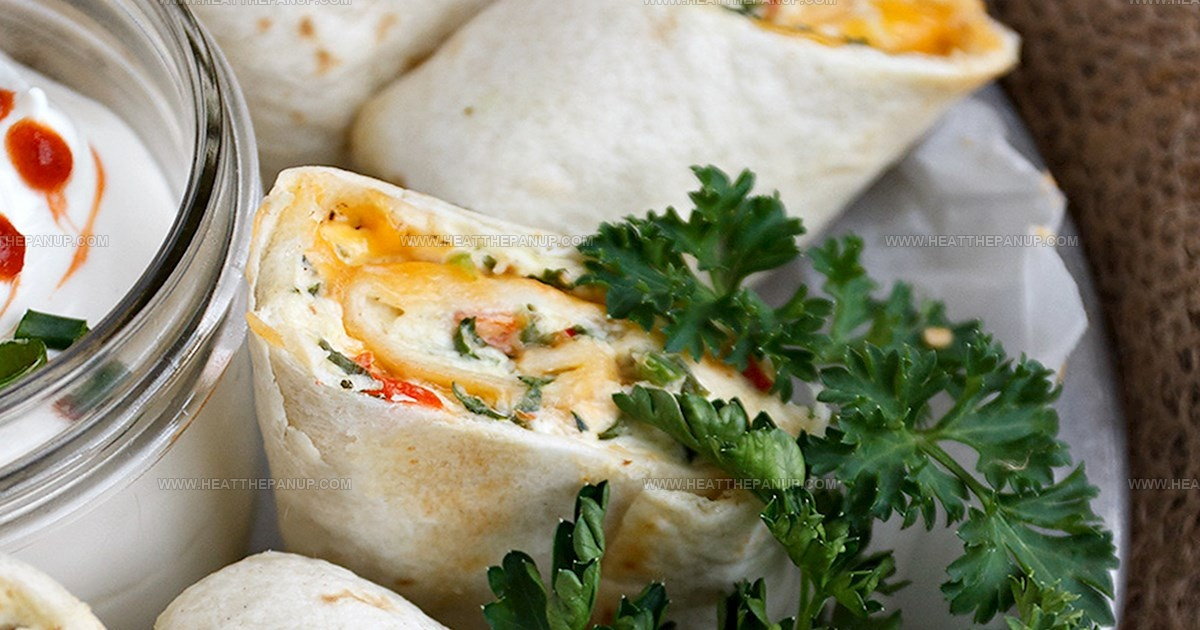
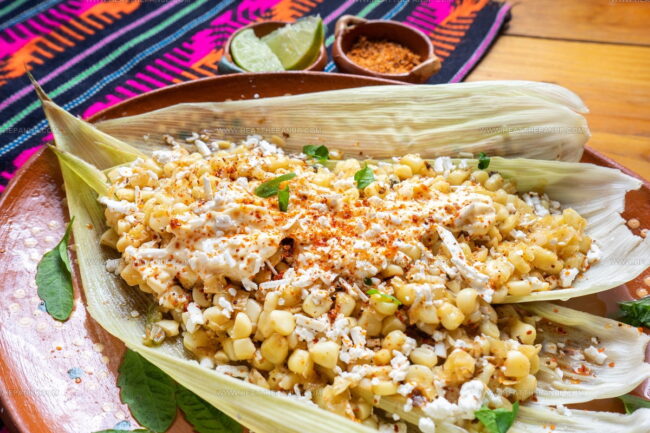
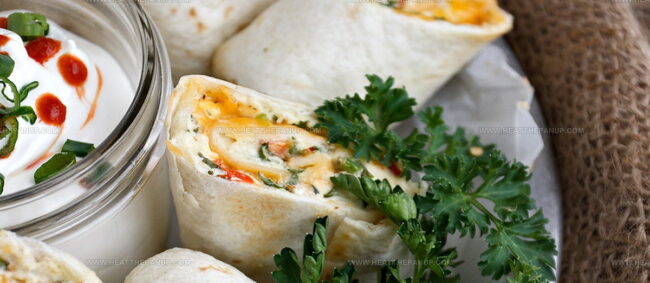
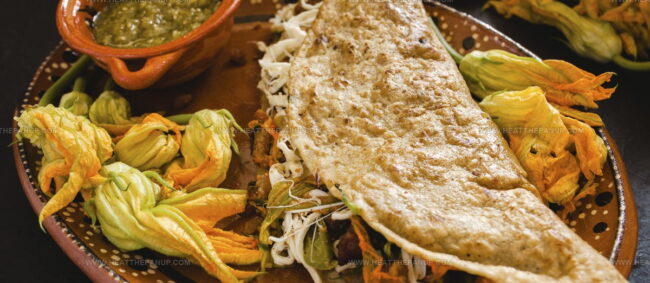
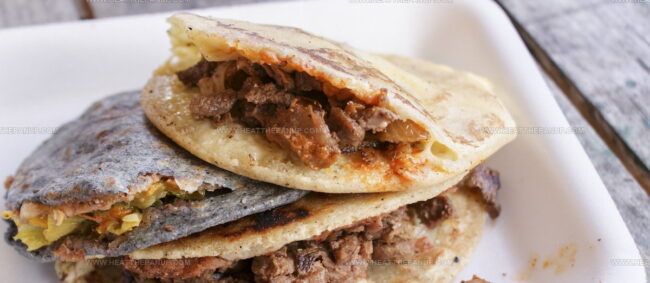
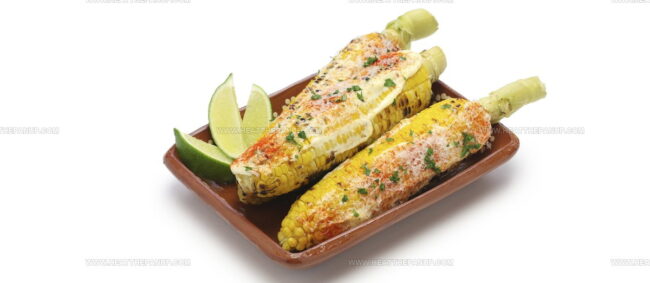
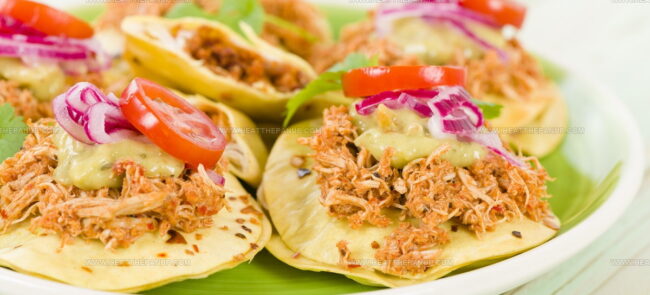
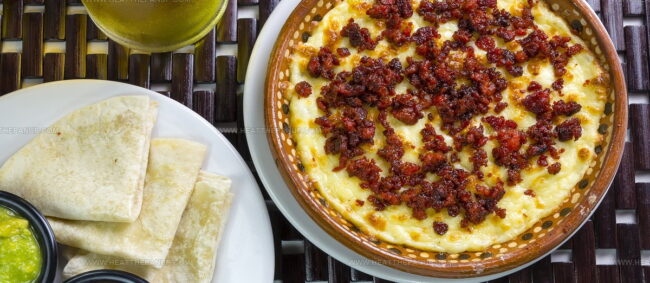
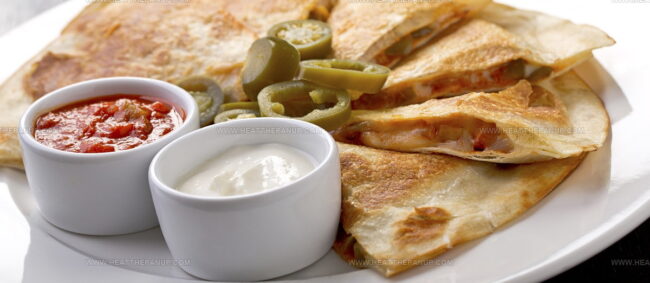
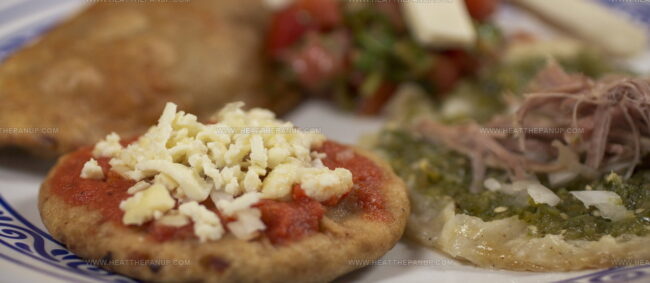
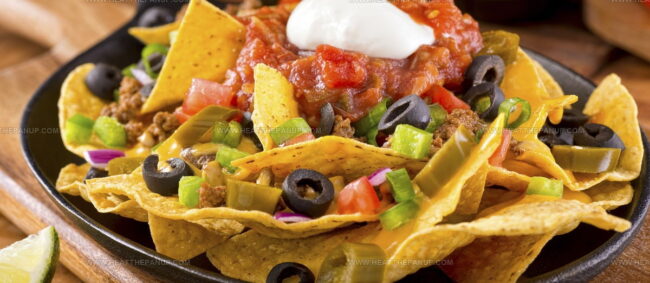
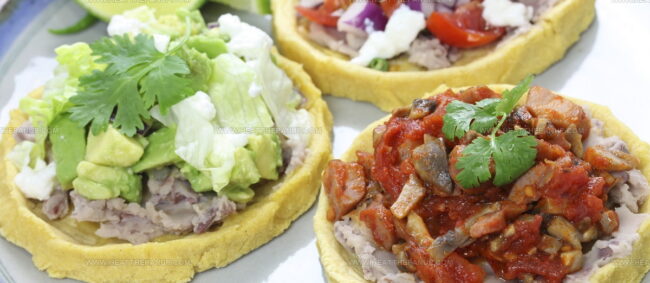
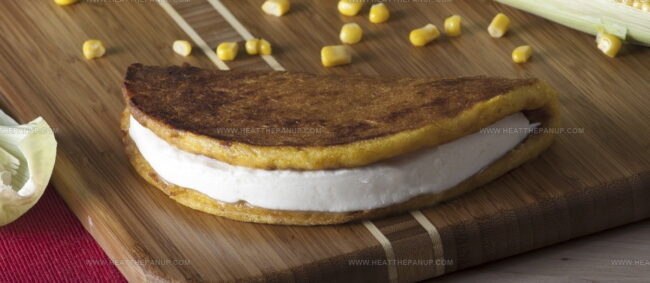
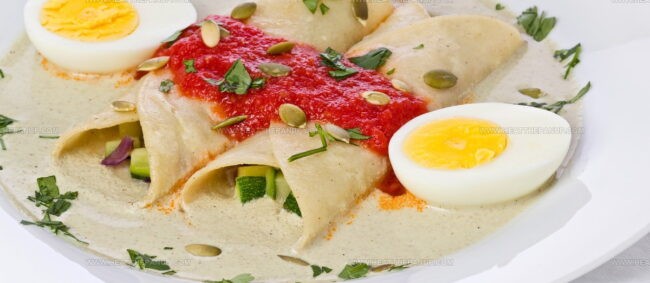
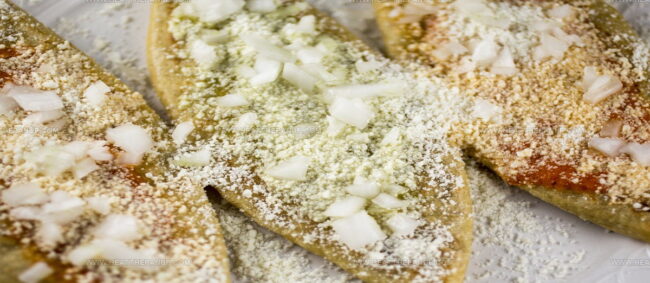
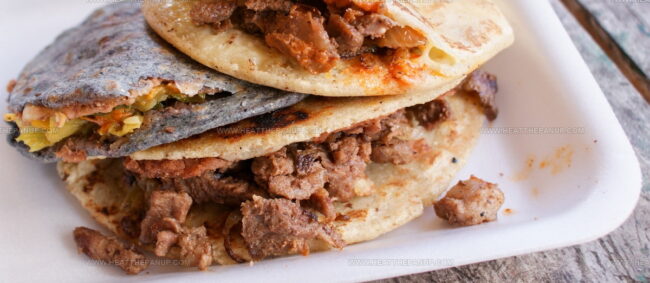
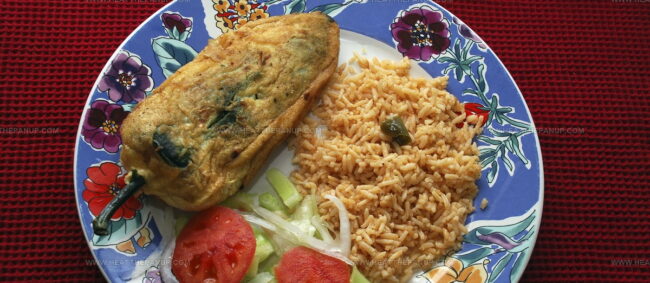
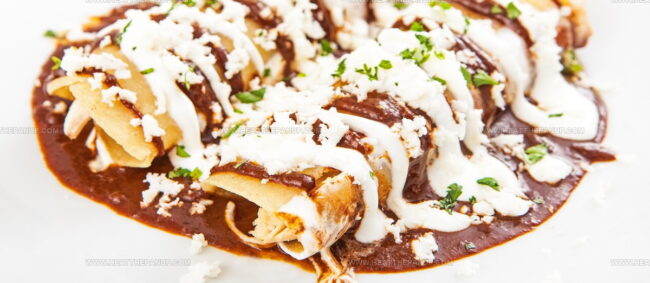
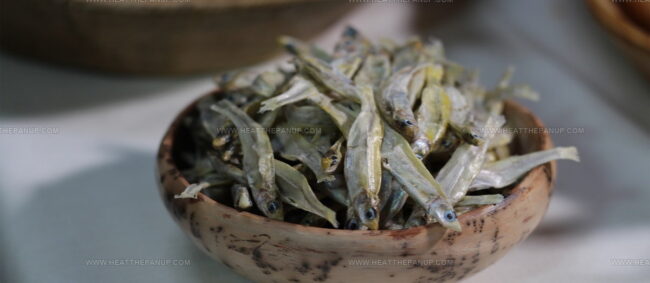
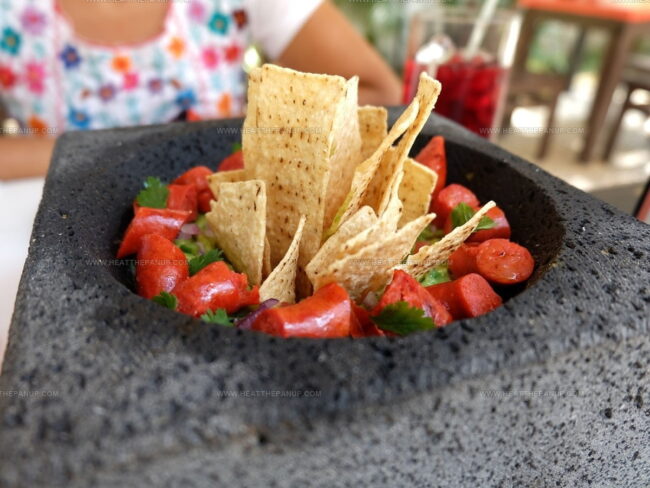
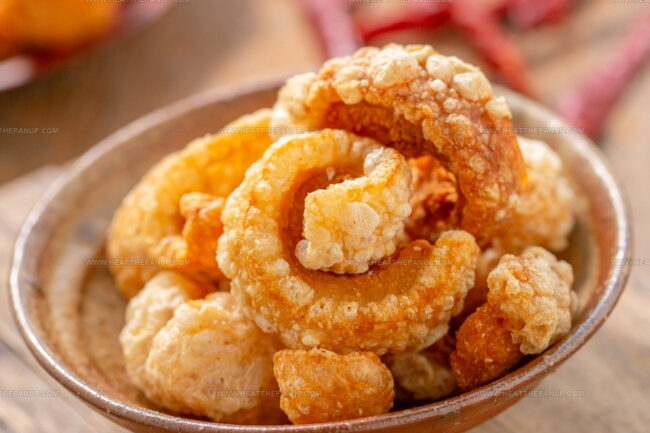
Angelina Wiles
Content Editor & Culinary Enthusiast
Expertise
Food Writing and Editing, Vegetarian and Vegan Cuisine, Baking and Pastry Arts, Sustainable Cooking Practices
Education
Portland Community College
Certificate in Culinary Arts
Focus: Emphasis on sustainable cooking practices, vegetarian cuisine, and food writing.
Oregon Culinary Institute
Diploma in Baking and Pastry Arts
Focus: Specialized training in artisanal baking, pastry techniques, and dessert presentation.
Angelina’s love for cooking started with handwritten family recipes and weekend trips to farmers’ markets around Portland. She followed her passion with a Certificate in Culinary Arts from Portland Community College, then perfected her sweet side with a Diploma in Baking and Pastry Arts at Oregon Culinary Institute.
Angelina believes recipes should feel like a conversation, not a science project. She’s all about helping readers trust themselves in the kitchen with simple steps, fresh ideas, and easy twists on classic meals.
When she’s not editing recipes, she’s baking bread, sipping coffee, or getting inspired by the changing seasons.